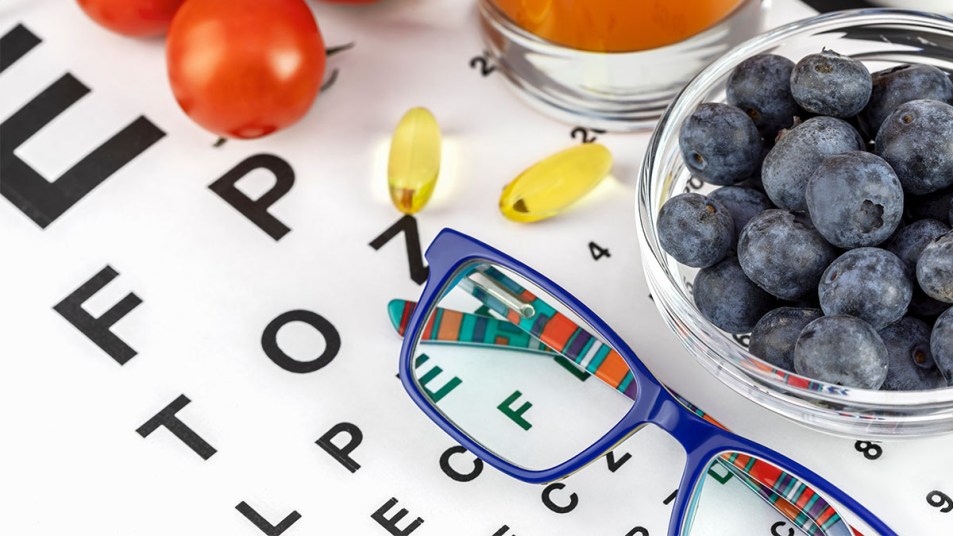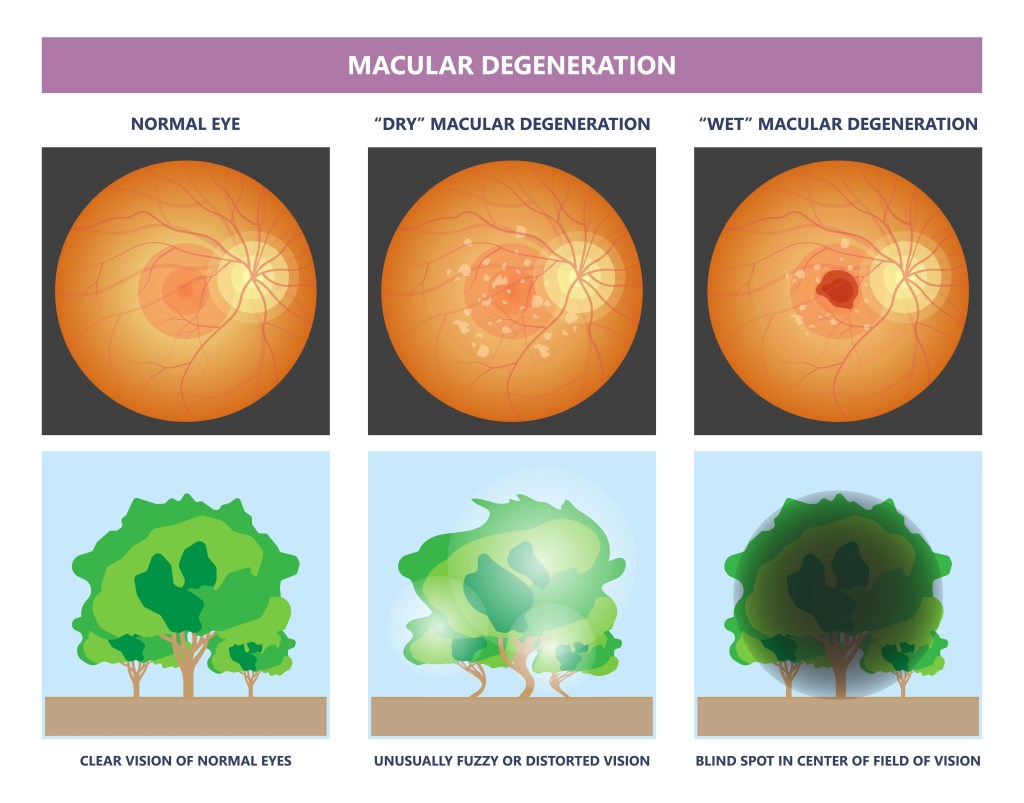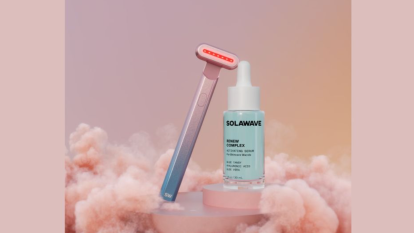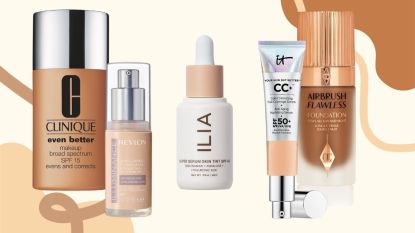Opthalmologist: These Nutrients Can Protect Your Sight From Macular Degeneration
Plus, the study-proven supplement that can stop the progression of the devastating disease

Your eyesight is precious! So you want to do everything possible to avoid the changes you’re told are a normal part of aging — like trouble seeing at night and cloudy vision. And you can! Research continues to prove that a little TLC and the right nutrients can strengthen your eyes as well as prevent macular degeneration.
Research in JAMA Ophthalmology reveals that the number of people with age-related macular degeneration (AMD) is more than 2.75 times higher than previously thought. The disease causes loss in the center of the field of vision and is triggered by deterioration of the retina (dry AMD) or leaky blood vessels under the retina (wet AMD). Says Jason Miller, MD, PhD, an AMD specialist at the University of Michigan Kellogg Eye Center: “The earliest warning sign is blurring of your central vision or difficulty seeing at night and in low light.” Distortions in central vision, such as straight lines being bent, can also be a sign.

The challenge, however, is that AMD can be significantly advanced before these symptoms occur, he adds. This is why regular visits to an ophthalmologist are helpful. During these exams your pupils are dilated, giving the physician a clear and unobstructed view inside the eye to see any signs of disease. These visits are especially key if you’re over age 50, have a family history of AMD and/or have been a smoker, all of which increase your risk of developing the disease.
Is there a test for macular degeneration?
Yes! Thankfully, a tool that doctors use to detect vision changes that could be related to macular degeneration is one you can easily use at home. It’s called the Amsler grid, and you can print it out and use it to check your vision daily. You simply hold the grid of squares with a dot in the middle at normal reading distance (about 12 to 14 inches from your face). Using just your right eye (close the left one), look at the center dot, making sure you can see the whole grid. If any lines look blurry or distorted (or are missing), write down what you see. Repeat with the left eye. Call your ophthalmologist immediately if you see any new changes.

Can macular degeneration be reversed?
There is no cure for macular degeneration, but a supplement with a vitamin/mineral combination called AREDS2 can decrease risk of disease progression if you’re diagnosed with AMD, says Dr. Miller. This formula, which includes a specific combination of lutein (10 mg), zeaxanthin (2 mg), vitamin C (500 mg), vitamin E (400 IU or 180 mg), zinc oxide (80 mg or 25 mg) and cupric oxide (2 mg), is available in several supplements including NatureMade Vision with AREDS2 Formula (Buy on Amazon, $15.99). “There was a very large randomized controlled trial that showed the specific benefit of this combination. But it was only proven to work in patients with intermediate AMD.”
How to prevent macular degeneration
Since there’s no cure for AMD, the best strategy is to prevent it. And while a simple habit like wearing sunglasses (doing so shields eyes from UV and blue light that can cause AMD-triggering retinal damage) is smart, more and more sound science is revealing many nutritional and lifestyle strategies that can help. Here are a few:
Start your day with OJ
Enjoying a daily glass of fresh orange juice lessens AMD risk by up to 65%, say Australian investigators. That’s because OJ is packed with flavonoids that nourish the eyes to ward off damage that can trigger AMD. Tired of orange juice? Peach juice is another great source of flavonoids.
Eat spinach daily
Baby spinach is one of nature’s top sources of nitrates, and adding a handful of this leafy green to your smoothie or salad can protect your eyes from AMD. The reason? Your body easily converts nitrates into nitric oxide, a molecule that dilates blood vessels and improves blood flow to the retina. In fact, an Australian study found that people who ate the most leafy greens were up to 35% less likely to develop AMD than those who rarely ate them. (Click through for our favorite recipe for creamed spinach.)
Savor a golden sip
Relaxing with a warm cup of “golden milk” significantly reduces the oxidative stress that sets AMD in motion, say Italian researchers, who credit the spice’s curcumin for the benefit. What’s more, a University of Oklahoma study suggests curcumin shields against light-induced damage that can trigger AMD. To make golden milk: combine 1 cup of warm milk or almond milk with 1 tsp. of turmeric; stir in cinnamon, ginger and honey to taste. Or try a pre-made mix like Organifi Gold (buy on Organifishop, $69.95).
Try a healing combo of key nutrients
Supplementing with a combination of zeaxanthin (the ‘eye nutrient’), lutein and saffron can protect your eyes from damaging inflammation that contributes to AMD. Indeed, University of Wisconsin researchers found that boosting levels of zeaxanthin slashes AMD risk by 46%. And a study in JAMA suggests lutein lowers AMD risk up to 43%. Bonus: Saffron has been shown to noticeably improve both contrast sensitivity and visual clarity. A product with all three nutrients: Life Extension MacuGuard (Buy on LifeExtension, $29).
But even getting these nutrients on their own can help keep your vision sharp. To get the perks, try nibbling a handful of goji berries — a strategy that can boost levels of zeaxanthin by 300%, say researchers in the International Journal of Ophthalmology. (Click through for details on how goji juice cured one woman’s chronic brain fog.) Not a fan of this dried, sweet-tart fruit? Raw spinach, green peas, pumpkin and pistachios are also packed with the vision-saving nutrient.
Get your B vitamins in
A study in the Archives of Internal Medicine found that the risk of developing AMD dropped by 34% among subjects who supplemented with 50 mg of vitamin B6, 2.5 mg of B9 (folate) and 1mg of B12, while another showed that the same combination resulted in lower levels of the protein homocysteine, which is associated with inflammation and an increased risk of developing AMD.
Even better, get your Bs from the wide variety of delicious foods rich in the nutrients. To get B12, chose animal livers, beef, sardines, clams, salmon, nutritional yeast and eggs; foods rich in folate include dark leafy greens, beans, sunflower seeds and whole grains; and sources packed with B6 include pork, fish, poultry, whole grains and eggs. More good news: Getting plenty of B vitamins also lowers your risk of developing cataracts, diabetic retinopathy and glaucoma. (Click through to learn how marigold extract can also help reduce the risk of cataracts.)
For more vision news, keep reading!
3 Simple Tricks to Sharpen Your Vision in a Snap
Treating This Common Eye Condition Could Significantly Reduce Your Risk of Dementia
Are Your Eyes Constantly Dry? You May Have This Common Yet Highly Undiagnosed Disorder
This content is not a substitute for professional medical advice or diagnosis. Always consult your physician before pursuing any treatment plan.













